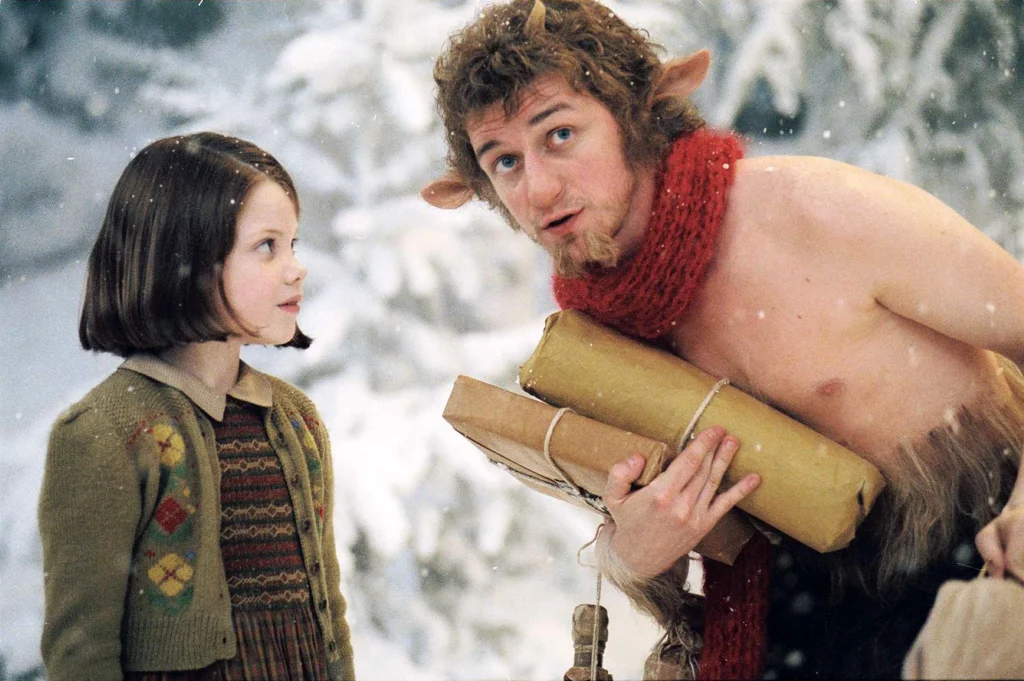Introduction
“The Chronicles of Narnia” is a series of seven high-fantasy novels written by C.S. Lewis. Set in the fictional world of Narnia, a place of magic, mythical beasts, and talking animals, the series has captivated readers of all ages since its first publication in the 1950s. Each book in the series is a standalone work, but they are often read and studied together for their deeper themes and connections.
Background of C.S. Lewis
C.S. Lewis, born Clive Staples Lewis in 1898, was a British writer and scholar. He is best known for his works of fiction, especially “The Chronicles of Narnia,” and his works on Christian apologetics. Lewis was a close friend of J.R.R. Tolkien, the author of “The Lord of the Rings” series, and both writers were members of the informal literary discussion group known as the Inklings.
Overview of the Series
“The Chronicles of Narnia” consists of seven books:
- The Lion, the Witch, and the Wardrobe: Four siblings, Peter, Susan, Edmund, and Lucy, discover the magical land of Narnia through a wardrobe and become embroiled in a battle between the evil White Witch and the great lion, Aslan.
- Prince Caspian: The Pevensie siblings return to Narnia to help Prince Caspian reclaim his throne from his evil uncle, King Miraz.
- The Voyage of the Dawn Treader: Edmund and Lucy, along with their cousin Eustace, join King Caspian on a voyage to the edge of the world, encountering adventures and challenges along the way.
- The Silver Chair: Eustace and his friend Jill Pole are sent to Narnia to rescue Caspian’s son, Prince Rilian, who has gone missing.
- The Horse and His Boy: Set during the reign of the Pevensie siblings, this book follows the journey of a young boy named Shasta and his talking horse, Bree, as they flee from captivity and seek freedom in Narnia.
- The Magician’s Nephew: A prequel to the series, this book explores the creation of Narnia and the origins of the magical wardrobe.
- The Last Battle: The final book in the series, where Narnia faces its ultimate challenge as forces of good and evil clash in a final showdown.
Themes Explored in The Chronicles of Narnia
“The Chronicles of Narnia” explores various themes, including:
- Good vs. Evil: The series portrays a clear distinction between good and evil, with characters often having to make choices between the two.
- Redemption and Sacrifice: Characters in the series often undergo redemption through sacrifice, mirroring Christian themes of redemption through Christ’s sacrifice.
- Coming of Age: Many characters, particularly the children, undergo significant growth and development throughout the series.
- Faith and Allegory: The series contains allegorical elements, with Aslan often representing Jesus Christ and themes of faith and belief being central to the narrative.
The Legacy of The Chronicles of Narnia
“The Chronicles of Narnia” has left a lasting legacy, inspiring generations of readers and writers alike. The series has been adapted into various forms, including radio plays, television series, and feature films. It continues to be studied for its rich themes and imaginative storytelling.
Impact on Literature and Popular Culture
C.S. Lewis’ work has had a profound impact on literature and popular culture. His blending of fantasy and Christian allegory has influenced many writers, and “The Chronicles of Narnia” remains a classic of children’s literature. The series has also inspired a sense of wonder and imagination in readers of all ages, making it a timeless and beloved work of fiction.
Conclusion
In conclusion, “The Chronicles of Narnia” by C.S. Lewis is a timeless series that continues to enchant readers with its magical world and profound themes. Through its rich storytelling and imaginative characters, the series has left a lasting legacy and remains a beloved classic of fantasy literature.
FAQs
- Are “The Chronicles of Narnia” suitable for all ages?
- Yes, the series is suitable for readers of all ages, though younger readers may need some guidance due to its complex themes.
- What is the best order to read “The Chronicles of Narnia” in?
- While each book can be read as a standalone, many recommend reading them in the order of publication for the full experience.
- Are there any religious themes in “The Chronicles of Narnia”?
- Yes, the series contains allegorical elements that reflect C.S. Lewis’ Christian beliefs, though these themes are open to interpretation.
- Are there any plans for more adaptations of “The Chronicles of Narnia”?
- There have been talks of further adaptations, but nothing has been confirmed as of now.
- What makes “The Chronicles of Narnia” different from other fantasy series?
- “The Chronicles of Narnia” stands out for its blend of fantasy elements with Christian allegory, which adds depth and meaning to the story.

